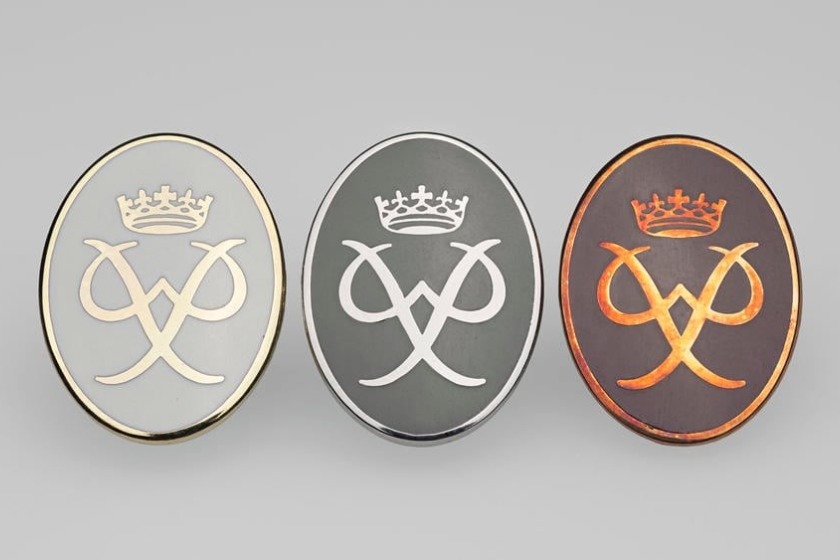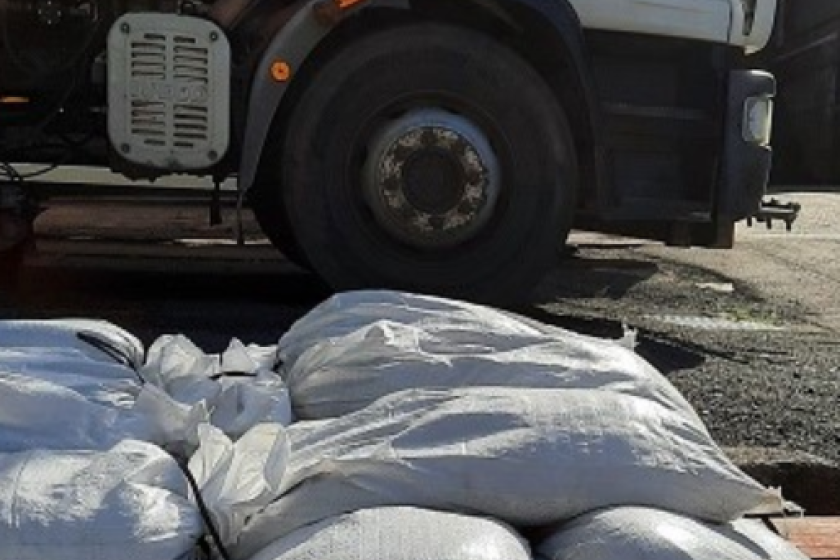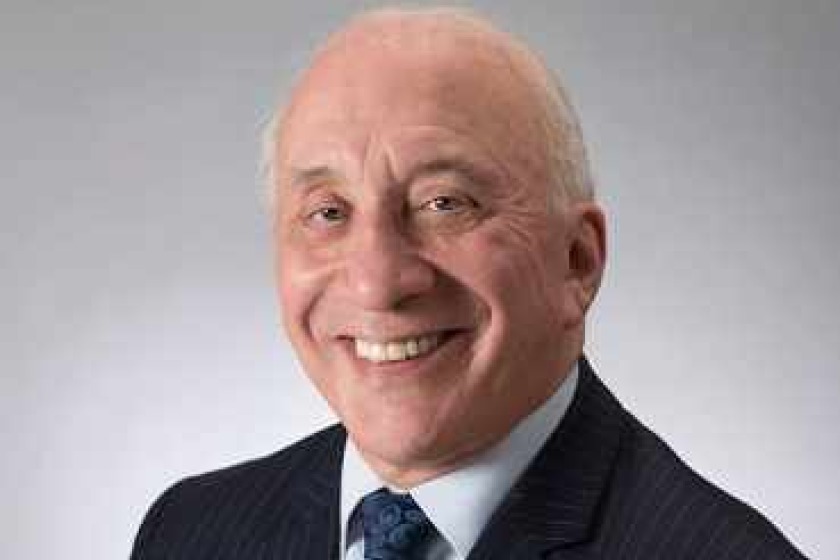Fri, 20 Oct 2023
A war of words has broken out between two MHK's over the type of land at a proposed wind farm site.
During Tuesdays (October 17) Tynwald questions, Garff MHK Daphne Caine told the Chairman of the Manx Utilities Authority (MUA) that “there is peat up at Earystane”.
This was following MUA Chairman Tim Crookall MHK ruling out Caine’s suggestion as to why other sites on Island, such as Windy Corner, Douglas Head or Jurby, weren’t a more appropriate place for the turbines.
Crookall said: “We can’t use those places because there is peat up there and we are absolutely taken away from those areas.”
Caine responded during Crookall's answer stating “there is peat up at Earystane”.
Crookall's response was that there “is not peat at Earystane that will keep us out of this”.
Jason Moorhouse MHK and Tim Glover MHK were also quick to defend Caine’s argument echoing her views on the peat at Earystane.
Interestingly enough, the Isle of Man Government published a document in 2010 that does in-fact confirm there is “underlying heath” at Earystane.
The document that is part of the Cringle Quarry planning application [reference 08/02090/B], document reference [0802090B Additional Docs Part 7 of 15.pdf] states: “The clearance of failed forestry at Earystane, with the reinstatement of the underlying heath".
It also states that under the ‘Findings of the investigations into the above schemes’ the Earystane option was discussed but later dismissed. This was due to several factors including "cost of works, loss of Short Eared Owl and Hen Harrier nesting habitat and the predominance of European gorse in the underlying heath".
In layman terms, the heathland or heath, which has been confirmed at this location, is often made up by peat soil, although this is not the case in all circumstances. For example, the lowland at the Ayres is not peat.
Heath covers around 12% of the Island and is a valuable habitat with international significance. In general, Manx heath is located in the uplands and is normally referred to as moorland.
The dry ungrazed heath is rare habitat and important for nesting and roosting hen harriers; the birds are often boasted about by the Manx Wildlife Trust (MWT) and by Biosphere Isle of Man - the body that looks after the UNESCO Biosphere status the Island was given in 2016.
The MUA discounted the Sulby and Druidale site due to several factors, one of which being the heathland in the area.
If Earystane was to go ahead, reports suggest there would be a risk of ecological damage caused by unavoidable disturbance of heathland.
Energy Transition Lead and Transition Programme Manager for Manx Utilities, Lizzie Riley, noted at the recent Isle of Man Government Conference that if you damage heathland you can't necessarily repair it within 100 years.
MUA website itself states that “Peatland in particular can be a major barrier to onshore wind, as the damage caused to peat by the turbine foundations can release more carbon dioxide than the wind farm ultimately saves.
It is therefore difficult to justify that peatland should be developed. This is problematic as after further review all sites identified in the AEA study actually lie on peat or heathland.
Heathland is a protected habitat on the island as it has a very high biodiversity value. It is difficult to mitigate the ecological impact of constructing wind farms in such areas and this is why there have not been and wind farm developments on heathland in the British isles since 1990s”.
MUA have declined our invitation for an interview at this time.
 Fri, 29 Dec 2023
Fri, 29 Dec 2023
 Fri, 29 Dec 2023
Fri, 29 Dec 2023
 Fri, 29 Dec 2023
Fri, 29 Dec 2023
 Fri, 29 Dec 2023
Fri, 29 Dec 2023
 Fri, 29 Dec 2023
Fri, 29 Dec 2023
 Thu, 28 Dec 2023
Thu, 28 Dec 2023
 Thu, 28 Dec 2023
Thu, 28 Dec 2023
 Thu, 28 Dec 2023
Thu, 28 Dec 2023
 Wed, 27 Dec 2023
Wed, 27 Dec 2023